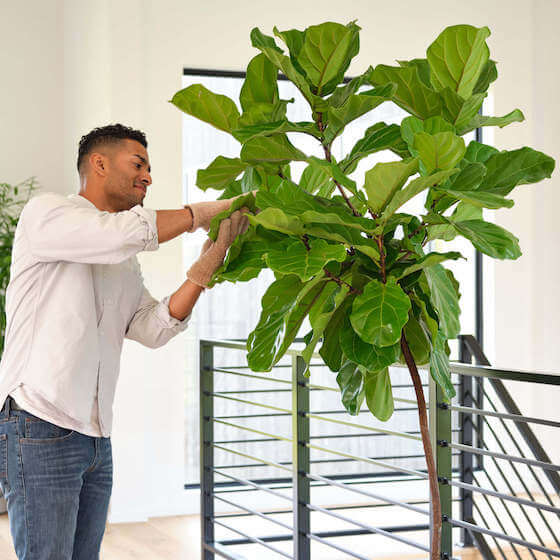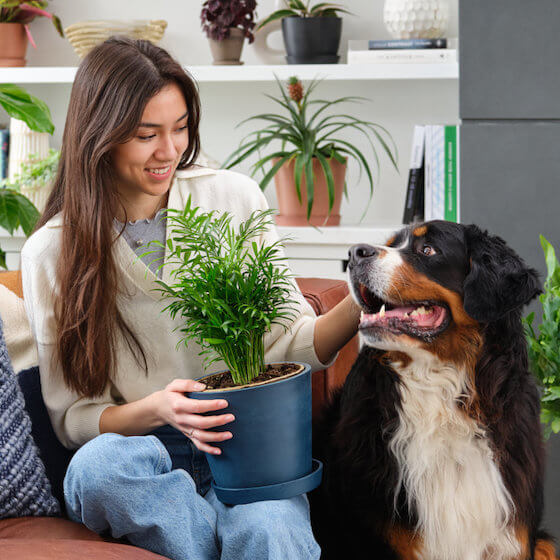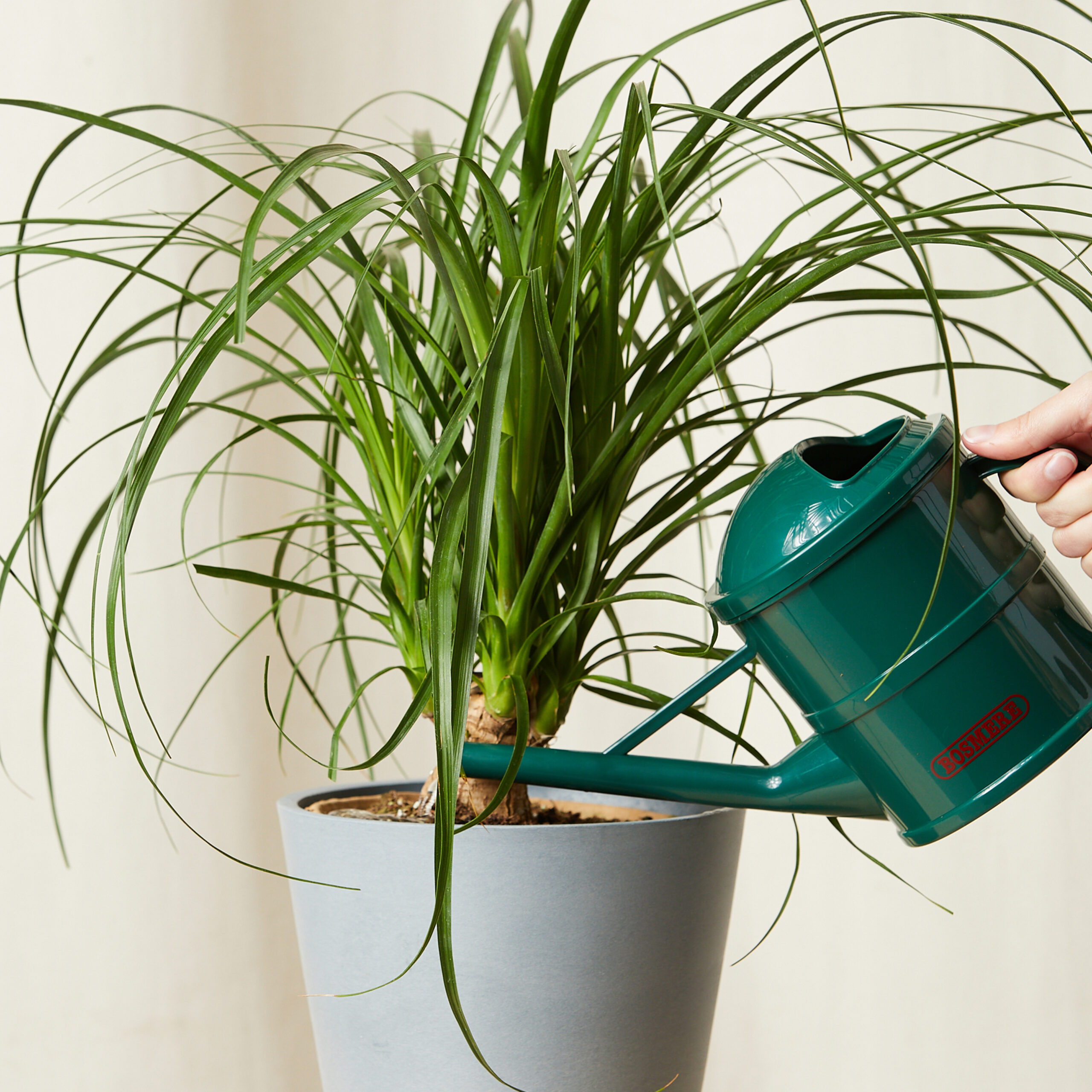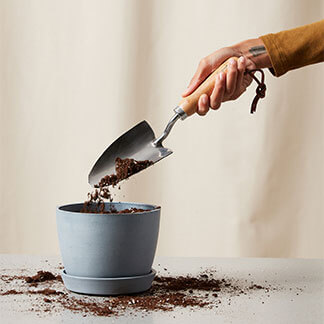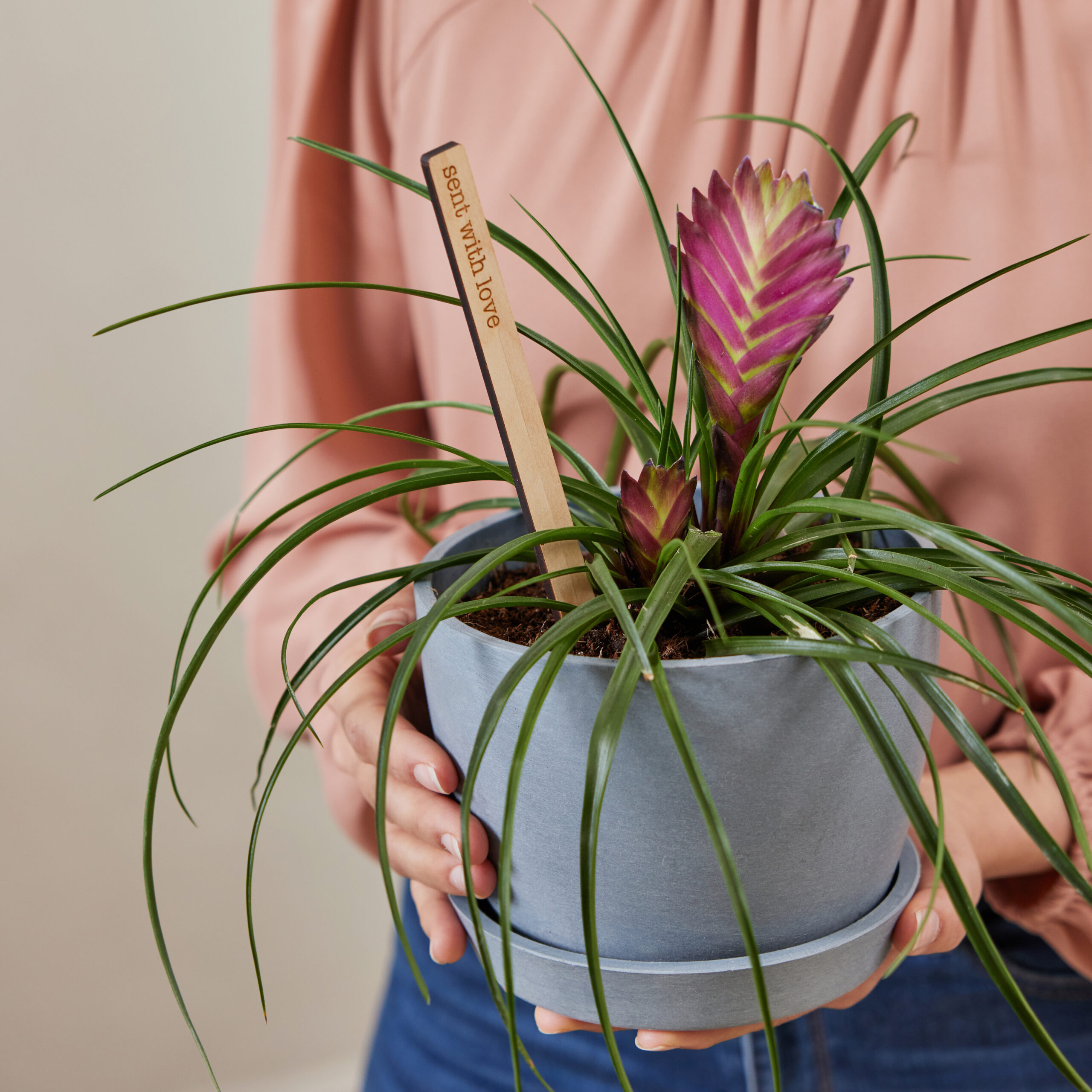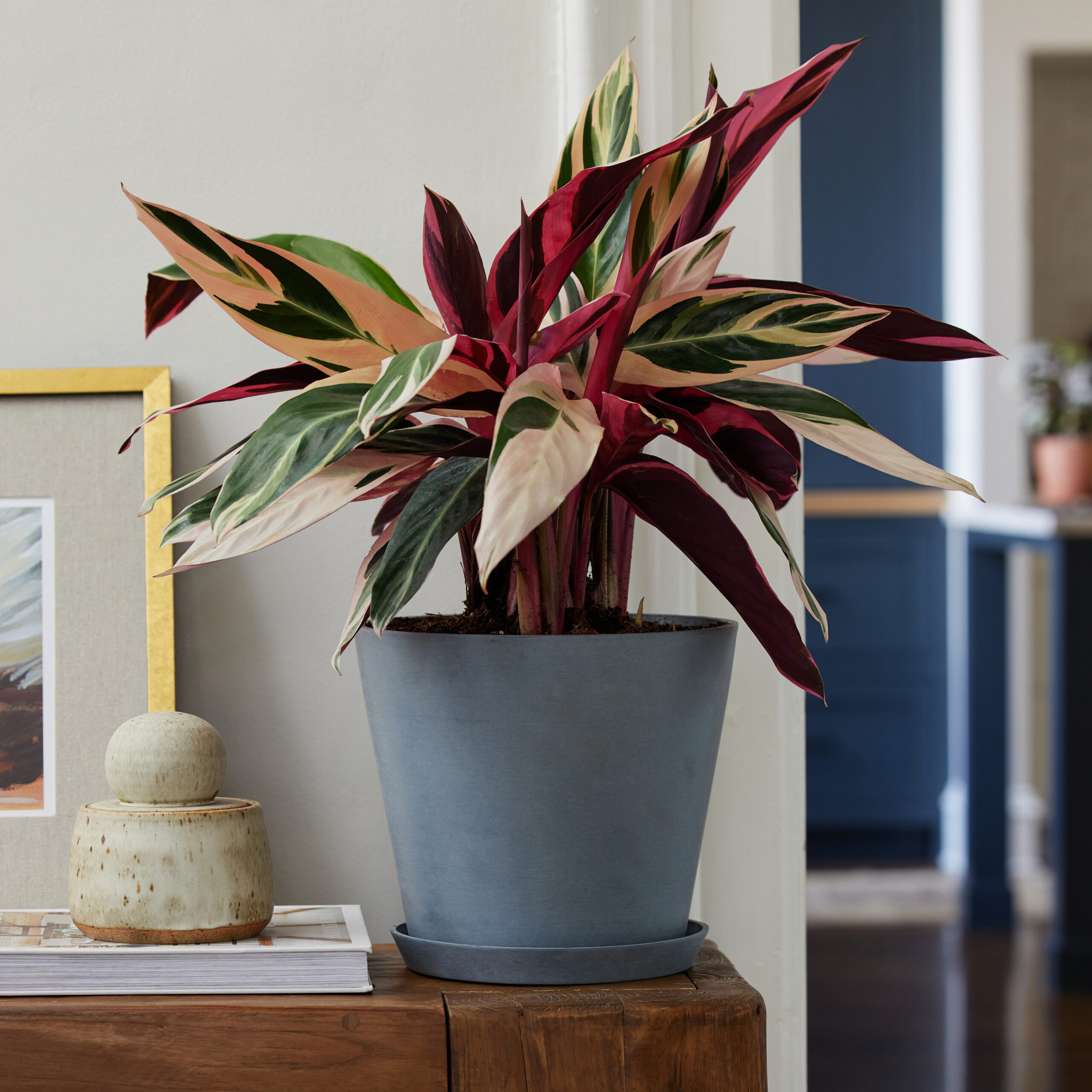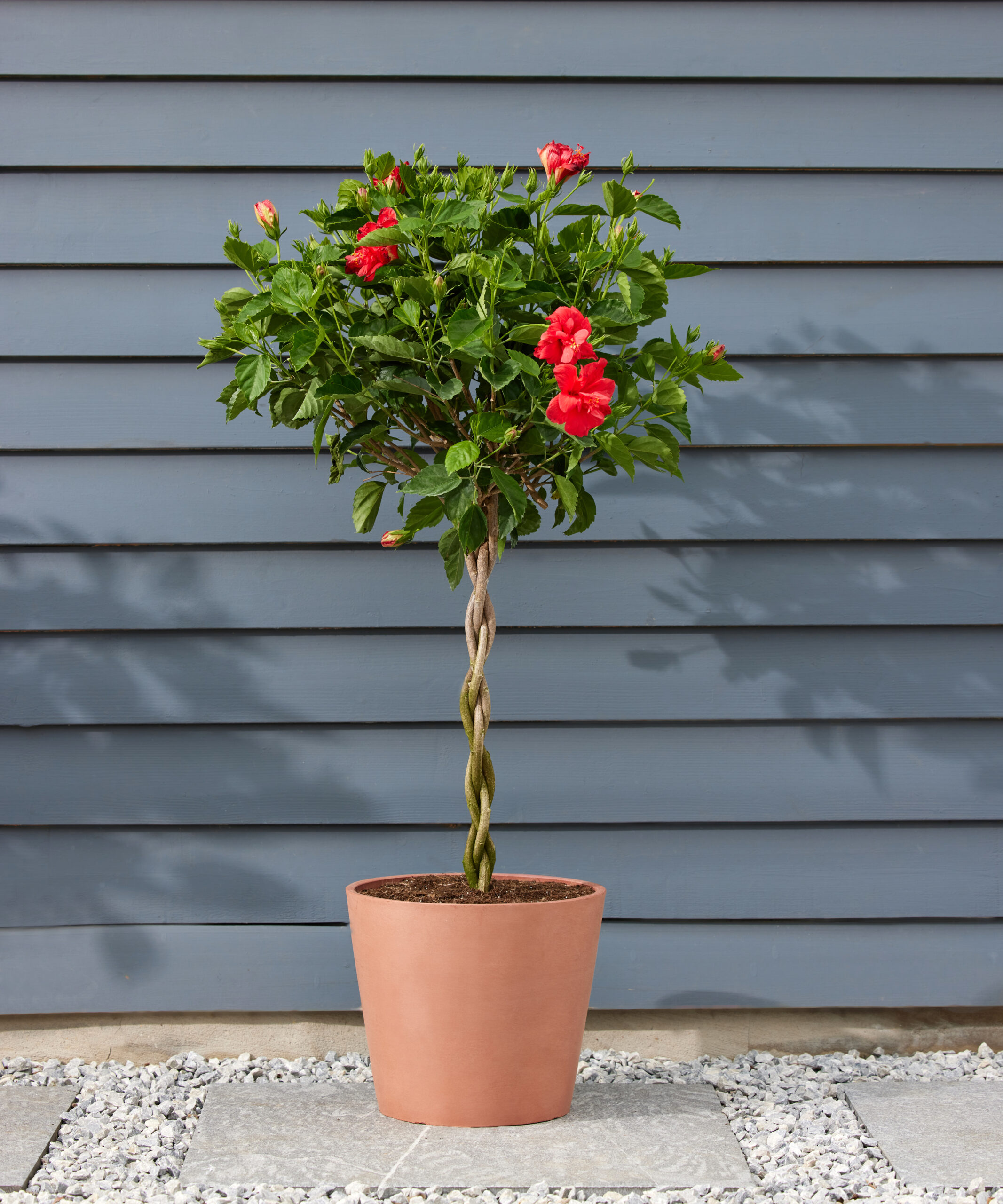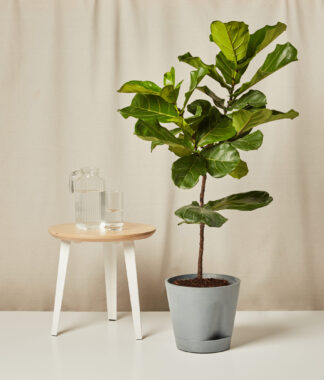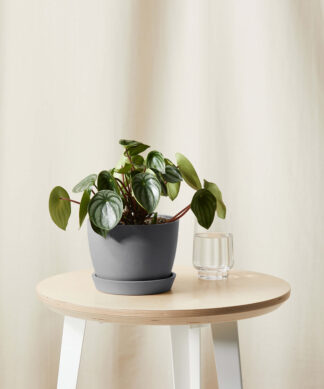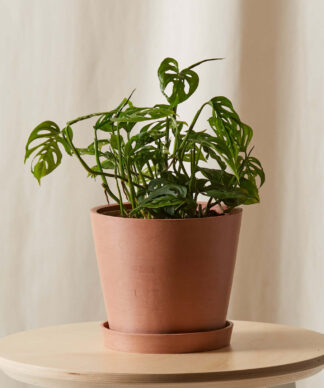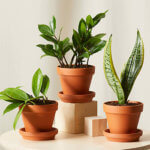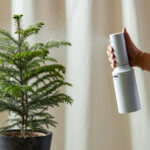How to care for your Hibiscus
Use these instructions to care for a Hibiscus. This guide will tell you how to water a Hibiscus; its light, temperature, humidity preferences and any additional care it might need to help it grow.
Hibiscus
Place your Hibiscus in a full sun location that receives 6 or more hours of direct sunlight per day ideally to where the light is filtered. The Hibiscus can tolerate partial sun exposure, but flowering will be reduced. The plant will not produce flowers in a fully shaded location.
For a potted Hibiscus, you might need to water it daily in the summer, ensuring a thorough drainage from the pot. During the spring, you can water to where the soil is moistened but not waterlogged. The Hibiscus roots don’t like standing water. During the winter, as your plant goes dormant, you can cut back on the watering.
Your Hibiscus would most appreciate a humid environment. You might need to place a humidifier in the same room or place a pebble tray nearby. Likewise, you can place your plant in a room that has high humidity, such as a bathroom.
Your Hibiscus thrives in cooler temperatures as long they’re above 60 degrees. However, you don’t want to expose your plant to temperature fluctuations, drafts, or vents.
You can lightly fertilize your Hibiscus every two weeks in the spring and summer with a balanced water-soluble fertilizer that’s diluted. Another method includes using a slow-release formula three times a year.
Your Hibiscus is considered non-toxic and pet-friendly.
Hibiscus cannot survive winter throughout most of the US. Bring indoors when the temperatures dip below 50°F. Your plant will not grow much indoors, so water sparingly and do not fertilize over the winter. The plant can be moved outdoors when temperatures warm in the spring.
